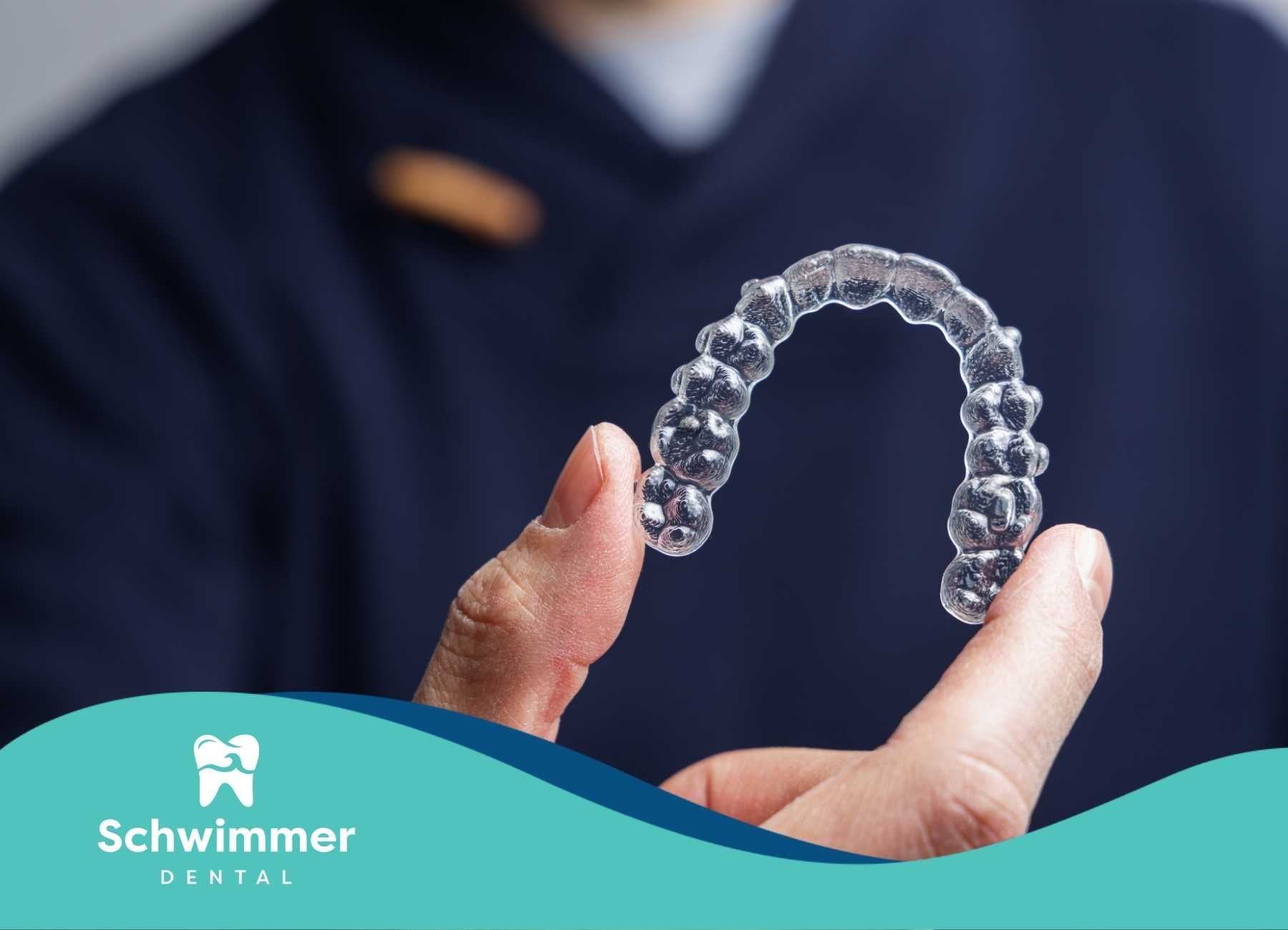Dental Inlay vs Filling: Making the Best Choice for Teeth
Key Highlights
- A dental inlay and a dental filling are two common restoration options for treating tooth decay.
- Fillings are placed directly into the tooth, while inlays are custom-made in a lab and then bonded.
- The choice between them often depends on the size of the cavity and the desired durability.
- Inlays generally offer superior strength and longevity for the tooth structure.
- From a cosmetic dentistry perspective, inlays can provide a more natural-looking result.
- Your dentist will help you choose the best option for your specific needs.
Introduction
When you discover you have a cavity, choosing the right treatment is essential for your long-term oral health. For many years, fillings were the standard solution, but modern dentistry offers more choices. Today, you might find yourself deciding between a dental inlay and a traditional dental filling.
Both procedures restore a damaged tooth, but they have important differences in materials, process, and durability. Understanding these distinctions will help you and your dentist make the best decision for your smile.
Comparing Dental Inlays and Fillings
Deciding between a dental inlay and a dental filling involves looking at how each treatment works. The main difference lies in how they are created and placed. A filling is a direct restoration, applied and hardened in a single appointment.
An inlay, however, is an indirect restoration. It is crafted in a dental lab to perfectly fit the damaged part of your tooth and then bonded into place. The following sections will explore these restoration options in more detail to help you determine the best option for your dental care.
How Dental Inlays and Fillings Restore Tooth Structure
When you get a dental filling, your dentist first removes the decayed portion of the tooth. Then, they place a soft filling material directly into the prepared space. This material is quickly hardened, restoring the tooth structure in just one visit. This simple and quick process is ideal for smaller cavities that don't compromise the overall strength of the tooth.
The process for a dental inlay is more involved. After clearing out the decay, your dentist takes an impression of the tooth. This mold is sent to a lab where a solid piece is custom-made to fit the cavity precisely. You’ll wear a temporary restoration until your permanent inlay is ready.
Finally, your dentist bonds the finished inlay into the tooth. Because it's a single, solid piece, it provides superior support and durability. This makes it an excellent choice for larger cavities, helping to maintain your long-term dental health and proper dental hygiene.
Materials Used for Inlays vs Fillings
The materials available for dental restorations vary significantly between fillings and inlays. For a dental filling, your dentist has several material options to choose from. Composite resin and porcelain are popular because they can be matched to the color of your natural teeth. However, traditional silver amalgam is also known for its strength.
- Silver Amalgam: A strong, durable metal alloy.
- Composite Resin: A tooth-colored plastic that offers a discreet appearance.
- Porcelain: A tooth-colored ceramic that is both strong and aesthetic.
- Dental Glass: A material that can release fluoride to help prevent further decay.
For a dental inlay, the choices are typically high-strength materials like gold, porcelain, or a very strong composite material. Gold and porcelain are exceptionally durable and can withstand powerful chewing forces, making them perfect for molars. Understanding these different materials is key to restoring a damaged part of the tooth.
Appearance and Function in Your Mouth
How your restoration looks is an important factor, especially for teeth that are visible when you smile. A dental inlay made from porcelain or tooth-colored composite resin can be a fantastic choice for cosmetic dentistry. These materials can be carefully matched to the shade of your natural teeth, creating a seamless and beautiful smile.
On the other hand, some filling materials are more noticeable. Silver amalgam fillings, for example, have a metallic color that stands out against your white teeth. While they are very strong, they are not the most discreet option.
Ultimately, the appearance of these dental restoration options can differ quite a bit.
- Dental Inlay: Often made of porcelain or composite resin, they blend in perfectly with your natural teeth.
- Metal Fillings: Silver amalgam or gold fillings are strong but visually distinct.
- Composite Fillings: A popular choice for their ability to match your tooth color.
Choosing Between an Inlay and a Filling
Selecting the right treatment option for a cavity doesn't have to be complicated. The best choice often depends on a few key factors that your dentist will evaluate. The size of the cavity and its location in your mouth are two of the most important considerations.
Your dentist will provide the final recommendation, but knowing what they look for can help you feel more involved in your dental care. The following sections will detail when an inlay might be a better solution and which types of cavities are best suited for each treatment.
When Should You Choose a Dental Inlay Instead of a Filling?
Your dentist will first consider your overall dental health. For minor tooth decay, a filling is usually the simplest and most common treatment. However, if you have more extensive damage, a dental inlay might be the better solution to ensure the tooth remains strong and functional for years to come.
An inlay is often recommended when a cavity is too large for a simple filling but the tooth is not damaged enough to need a full dental crown. Because the inlay is created as a solid, single piece, it provides much greater strength and support. This is particularly important for molars, which endure significant pressure from chewing.
Ultimately, these restoration options serve different needs. If you want a long-lasting solution that reinforces a weakened tooth, a dental inlay is an excellent piece of dental work. Your dentist will assess the damage and guide you toward the right choice.
Types of Cavities Best Suited for Each Treatment
The type and size of a cavity are the first things to look at when choosing between a dental filling and a dental inlay. Fillings are the go-to solution for small cavities and minor tooth decay. They work very well when the decayed area is not large and the tooth's structure remains mostly intact.
Inlays are designed for bigger problems. They are ideal for treating a larger area of decay, especially on the chewing surfaces of your back teeth where chewing pressure is greatest. The inlay is custom-made to fit the size of the cavity space perfectly, which helps make the tooth strong again.
Here’s a simple guide to help you understand which treatment might be right for you:
- Dental Fillings are good for: small cavities, minor cracks, and decay that does not affect the tooth cusps.
- A Dental Inlay is best for: a larger area of decay, damage covering the biting surface, and situations where you need a more durable restoration.
Pros and Cons of Dental Inlays and Fillings
When considering your dental restoration options, weighing the pros and cons of a dental inlay versus a dental filling is a crucial step. Each treatment comes with its own set of benefits and drawbacks regarding durability, cost, and the procedure itself.
Understanding these differences is key to making an informed decision about your dental care. The following sections break down the durability, cost, and procedural differences to help you and your dentist determine the best option for your tooth.
Durability and Longevity
When it comes to durability, dental inlays typically have an advantage. Made from robust materials like porcelain or gold, inlays are known for their impressive longevity. With proper care and good dental hygiene, an inlay can last for 10 to 30 years. This makes it a dependable, long-term solution for restoring the strength of the tooth.
In comparison, the lifespan of traditional fillings can be shorter. While materials like silver amalgam are quite strong, they may not hold up as long as an inlay. The durability of dental restoration options is a key factor in maintaining your overall dental health.
Regular dental visits and a consistent at-home routine are essential for maximizing the life of any restoration. Below is a comparison of typical lifespans.
| Restoration Type | Lifespan (Years) |
|---|---|
| Dental Inlays | 10 - 30 |
| Metal Fillings | 5 - 15 |
| Composite Fillings | 5 - 10 |
Cost Comparison in the United States
Is a dental inlay more expensive than a filling? Yes, an inlay is generally a more significant investment. The higher cost is due to several factors, including the customized creation process and the materials used. Since inlays are crafted in a dental lab to fit your tooth precisely, the labor and technology involved add to the price.
The procedure also requires at least two dental visits, which contributes to the overall cost. In contrast, a filling is a more budget-friendly option for dental care, as it is completed in a single appointment using materials like composite resin that are applied directly.
Here are the main reasons for the price difference:
- Customization: Inlays are custom-made in a dental lab.
- Materials: High-strength material options for inlays, like porcelain or gold, are more expensive.
- Multiple Appointments: The inlay procedure requires at least two visits to the dentist.
Differences in Procedure and Recovery
The procedure for getting a dental filling is straightforward and can be completed in a single visit. Your dentist removes the decay, cleans the area, and applies the filling material directly into the tooth, where it hardens.
Getting a dental inlay is a multi-step process that requires at least two appointments. During the first visit, your dentist will prepare the tooth, remove the decay, and take an impression of the tooth. This impression is sent to a dental lab, and you will be fitted with a temporary inlay to protect the tooth.
At your second appointment, the temporary inlay is removed, and the permanent, custom-made restoration is bonded into place. The process is more involved than a filling but less extensive than a dental crown.
- Filling: A quick, single-visit procedure.
- Inlay (First Visit): Tooth preparation and taking an impression of the tooth.
- Inlay (Between Visits): A dental lab creates the custom inlay while you wear a temporary one.
- Inlay (Second Visit): The permanent inlay is bonded to your tooth.
Conclusion
In conclusion, choosing between dental inlays and fillings involves understanding their unique benefits and limitations. Both options play a crucial role in restoring tooth structure, but they vary in durability, appearance, cost, and recovery time. By assessing your specific dental needs and consulting with your dentist, you can make an informed decision that best suits your oral health.
Remember, maintaining your dental health is essential, and selecting the right treatment can lead to a brighter, healthier smile. If you have further questions or need personalized guidance, don’t hesitate to reach out to Schwimmer Dental for more information!
Frequently Asked Questions
Are dental inlays more durable than regular fillings?
Yes, a dental inlay is typically more durable than a regular filling. Inlays are crafted from highly resilient materials like porcelain or gold, which offer superior strength and longevity. This makes them one of the best dental restoration options for maintaining long-term dental health, especially for larger cavities.
Do dental inlays and fillings look different in your mouth?
Yes, they can look very different. A dental inlay made from porcelain or composite can be matched to the shade of your natural teeth, offering a seamless appearance. This makes it a great choice in cosmetic dentistry. In contrast, a metal dental filling has a metallic color that is more noticeable.
Which option is better for larger cavities: inlay or filling?
For larger cavities, a dental inlay is generally the better choice. It is custom-made as a single, solid piece that provides greater strength and support to the weakened tooth structure. A dental filling may not be sufficient to properly restore the tooth's integrity when the decay is extensive.



